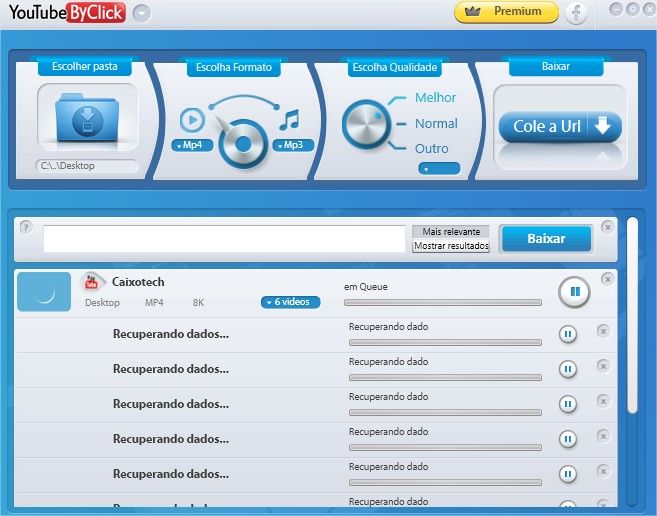

In addition to developing the new Large Architecture, Mazda has also developed new inline six-cylinder petrol and diesel engines, plus its first plug-in hybrid powertrain for this platform. A base price tag starting with a ‘6’ therefore seems likely. The CX-80 should therefore be a pricier proposition than the CX-9, which spans from $47,600 to $75,165 before on-road costs. We can expect a higher base price than the related CX-60, which opens at $59,800 before on-road costs in base petrol Evolve guise and tops out at $87,252 before on-roads for the plug-in hybrid Azami. Mr Doak noted Mazda Australia was questioned when it introduced the CX-8 locally alongside the CX-9, and said both models ended up becoming successful even if they were initially perceived as being in-house competitors for each other. “They will be different, and they will have a very clear space in the portfolio.” Camera Icon IN: CX-90 Credit: CarExpert If we weren’t comfortable, we might not have been confirming CX-80 today. “We’re quite comfortable that each will occupy a different space and tell a different story. “We’re very comfortable we’ll end up with more market coverage and not less,” said Mazda Australia national marketing manager Alastair Doak. Mazda Australia says it’s still evaluating this model. The CX-60 and CX-90 are coming here this year, though the CX-70 has yet to be revealed or locked in for Australia.

Mazda is rolling out four vehicles on its new rear/all-wheel drive Large Architecture: the narrower two-row CX-60 and three-row CX-80, developed with markets like Europe in mind and the wider two-row CX-70 and three-row CX-90 for markets like the US.

The company hasn’t confirmed launch timing for the CX-80, but says more information will follow later this year.


 0 kommentar(er)
0 kommentar(er)
